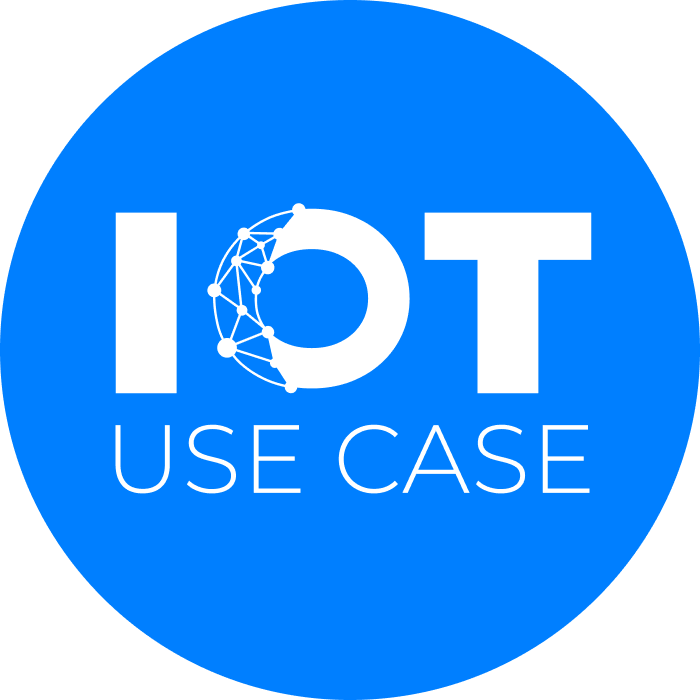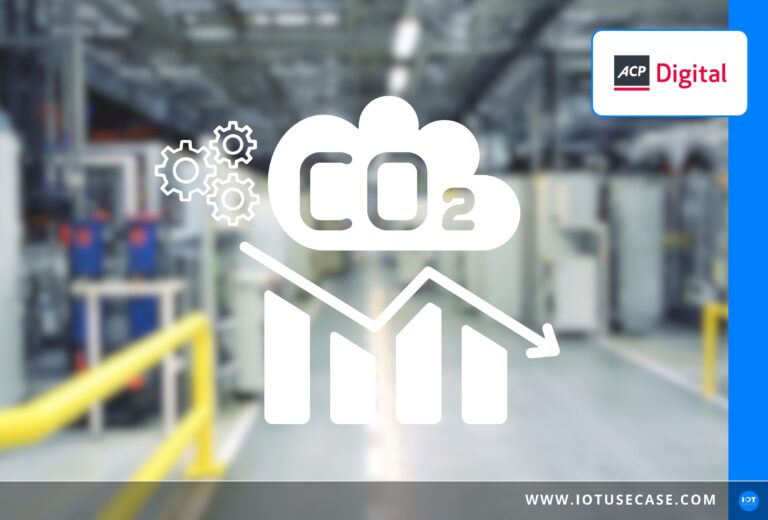The challenge:
Companies have no control over energy and raw material prices, but they have a significant influence on their ecological footprint.
It is well known that the consumption and unsystematic use of resources and operating materials lead to significant disturbances to the environment. However, companies find it difficult to establish relationships between heterogeneous influencing factors, identify necessary measures for these, and implement them sustainably in ongoing operations while complying with governmental regulations.
Indicators of improvement potential include:
- High turnover
- Unqualified staff
- Lack of/insufficient communication, education, and training
- Inadequate documentation
- Planning errors
- Lack of machine networking and missing monitoring/tracking
- Lack of standardization of certain processes
- Lack of availability of information and systems
- Suboptimal working conditions (work atmosphere, room climate, etc.)
- Outdated machines – volatile availability of plants
- High scrap & resource consumption
- High energy consumption and/or CO2 emissions
The solution:
Identifying the causes of high energy consumption, emissions and poor performance
At peak times, there is inevitably an increased consumption of energy, emissions and resources. Even if it is not possible to influence consumption prices, it is still possible to minimize waste due to poor performance, inefficient production processes and planning errors, etc. and thus influence the company’s expenditure, image, competitiveness and, above all, sustainability.
Root cause analysis allows to identify those factors that have a negative influence on energy consumption. These can range from faulty equipment to harmful production conditions that cause higher production waste. By keeping an eye on (machine) data or monitoring it automatically, anomalies can be detected immediately and can be responded to. In this way, no unnecessary resources are wasted and energy consumption is inevitably reduced.
Service calls can also be carried out remotely using mixed reality, allowing technicians to minimize travel and reduce emissions.
The same applies to the systematic deployment planning of staff. If a company knows its sales volumes, it can reduce its employees’ journeys to production sites and thus have a positive impact on its environmental impact. This is something that should not be underestimated.
Operator errors, which can lead to machine failures and rejects, can be eliminated, for example, by transferring knowledge using mixed reality, an international voice bot and knowledge sharing via a social intranet.
The benefits:
Smooth operations and a team that understands, supports, and implements every step in crises or challenging situations, defying the shortage of skilled workers. This will inevitably have a positive effect on its image and customer loyalty.
Text taken over from the original and translated – ACP Digital





